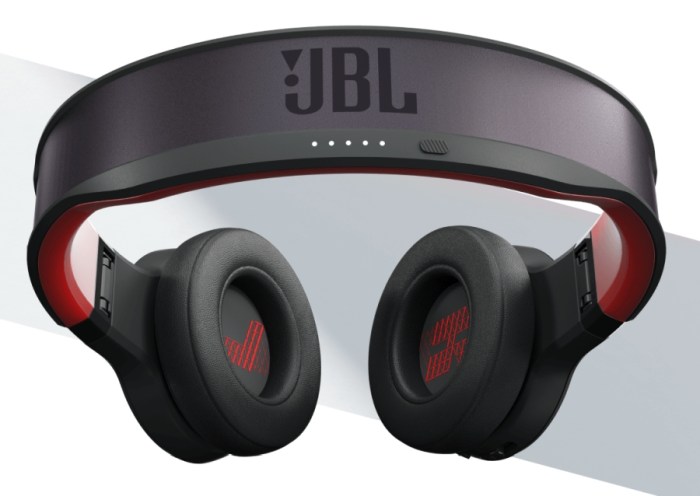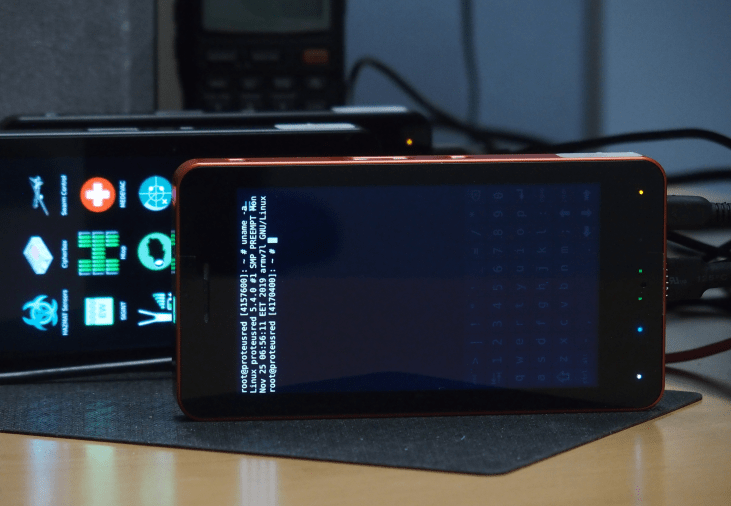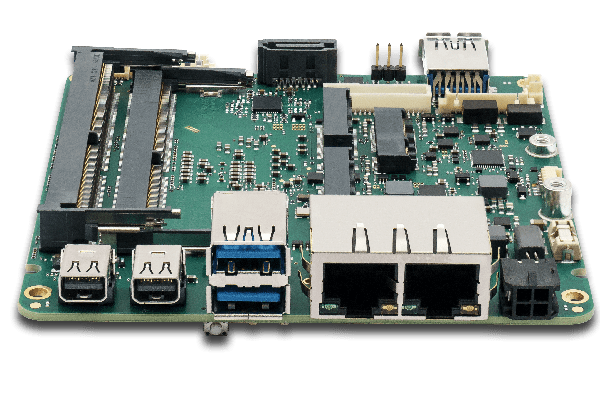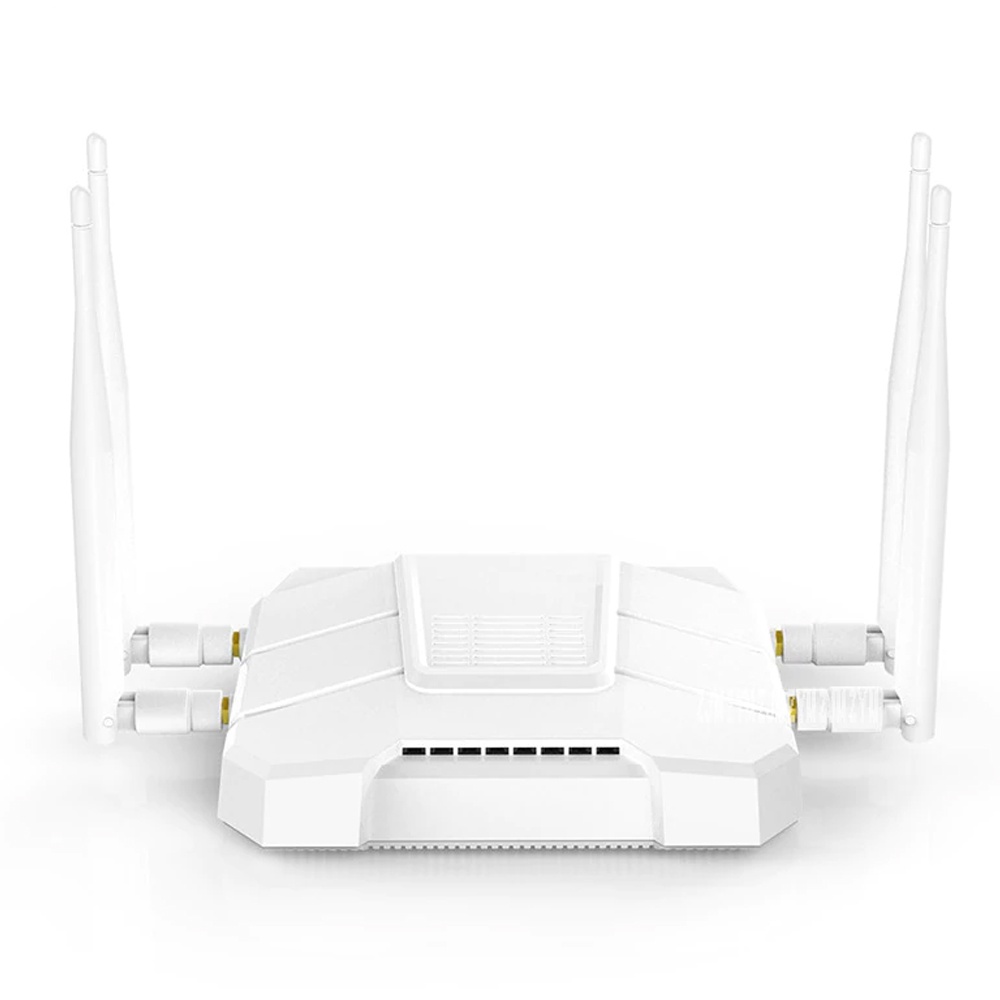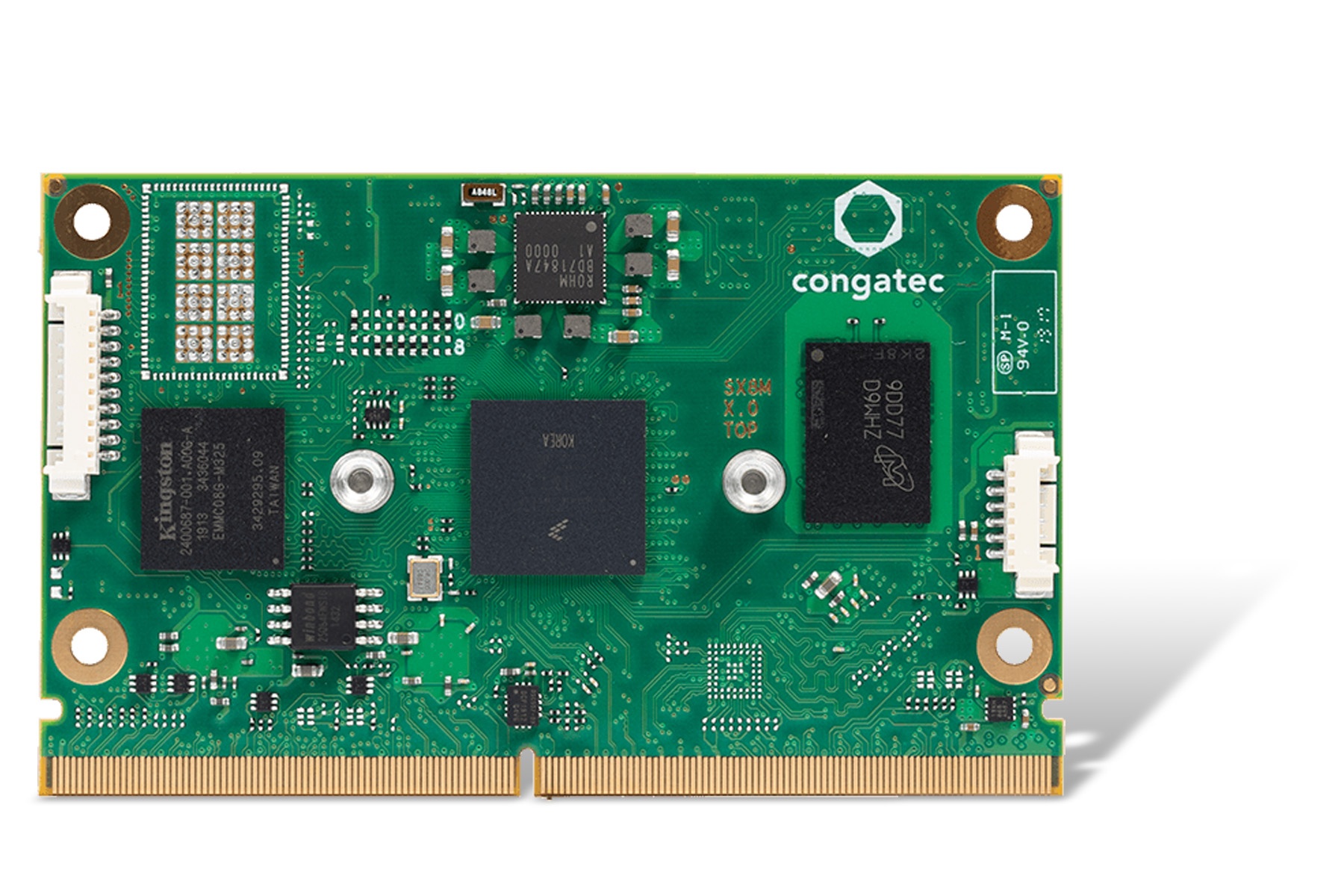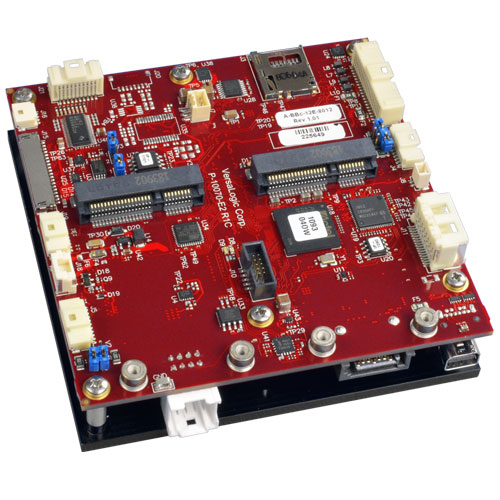JBL REFLECT Eternal Self-Charging Headphones A simple solution to the constant problem of having to charge wireless earbuds is to make it so they never need a charge, at all. That means do not use an AC adapter or USB charger, and instead, use solar power. The JBL REFLECT Eternal headphones are solar-powered and never need charging. JBL an Iconic Brand The iconic audio company has been moving inexorably into the 21st century with Bluetooth enabled wireless speakers, headphones and other up-to-date tech-enabled audio equipment. How Solar is Used to Power the JBL REFLECT Eternal headphones The headphones can turn artificial and natural light into energy through the Exeger Powerfoyle process. The company states “more light, more playtime” which is true in its basic aspects. Self-Charging Issue The self-charging portion of the process of charging for the JBL REFLECT Eternal can be slow, and sometimes not power up the headphones […]
ProteusDevice Secure, Open-Source Linux Handheld Features Ethernet Connectivity
ProteusDevice XXLSEC Ltd., the developer of the Privecall-TX device, has developed a near-identical, slightly bigger ProteusDevice, which runs the Linux 5.4 based PriveOS. The ProteusDevice handheld device (“not a mobile phone”) is said to have very tight security and was developed with secure access in mind. Background and Linux Handheld Market The market is seeing more Linux handheld and phones such as the Purism Librem 5, the PinePhone “Braveheart” both of which are already in mass production. There are also other computing options with the handheld Pocket Popcorn Computer, which is much like the PocketChip, but decidedly improved and faster in general, as well as the Solectrix SX Mobile Device Kit which is more of a business option, for smartphone, opensource development with no cellular connectivity, but Gigabit Ethernet and USB-to-UART ports. Some Features and Mystery Production The ProteusDevice is in good company, and has a solid start, but is […]
AndesCore 27-Series Linux RISC-V SoC Features a Vector Processing Unit
AndesCore 27-Series VPU Andes has developed a Linux capable RISC-V based SoC which runs on the first Vector Processing Unit (VPU) that is reported to be groundbreaking in its application ability, especially in the AI sector. The Andes 27 Series CPU has debuted in the RISC-V Summit in San Jose, to a great deal of talk in many quarters. The AndesCore 27-Series RVV The company reports that the AndesCore 27 offers a user-configurable vector-processing unit that has a scalable data size, flexible microarchitecture implementations and subsystem memory decisions open to system-level optimization. The use of the RISC-V Vector (RVV) instruction extension allows the CPU cores to deliver higher performance and versatility. The TimeTable and Offerings Andes is saying delivery of its first Andes 27 RISC-V based SoC will begin in Q1 2020. Already the earliest licensees have seen the delivery of the betas. Initial availability will center around a […]
EEPD Launches AMD Ryzen Embedded NUC Boards & Mini PCs
EEPD SBC Profive follows embedded NUC Standard Electronic Equipment Production and Distribution, also known as EEPD, has just released its latest Embedded SBCs based on the AMD Ryzen Embedded R1000 and V1000 platforms. Respectively they are the SBC Profive NUCR and NUCR both designed for industrial uses. The NUCv has 4 variants with 2 different V1000 series CPUs to choose from, while the NUCR has two R1000 variants. eNUC and Integrated Graphics All variations and types of SBCs and BoxPCs use the embedded NUC standard utilizing the AMD Ryzen embedded platform and series with Radeon Vega Graphics integrated into the system. SBC Profive NUCR specifications AMD Series R1000 Processors – R1606G / R1505G Integrated GPU – AMD Radeon Vega 3 Graphics Up to 32 GB dual-channel DDR4 memory 2x Gigabit Ethernet ports (Intel I210 with IEEE1588) 1x MicroSD card slot 3x M.2 Type B, Type E, Type M sockets M.2 SATA […]
FreeMesh WiFi 5 Mesh Network Router Runs OpenWrt
FreeMesh W1326 LTE Router Mesh Network Access FreeMesh has launched an open-source mesh router, the WE1326 LTE FreeMesh Router (included are two nodes) that runs OpenWrt open-source operating system. Open Source and “Hackable” Mesh System FreeMesh enters the mesh market with source code posted on Gitlab, a user-hackable/customizable mesh in other words. FreeMesh uses OpenWrt – the OpenWrt project is a Linux operating system aimed at embedded systems. The focus is on removing the need for a static firmware, where there is only one option for software for the hardware being purchased. The Offerings and Markets The company is targeting the residential market, where most mesh systems are almost double the $150.00 price tag of the FreeMesh. It is reported that there are other ZBT WE826-WD based mesh routers on the market, check out the LinuxGizmos.com article for more information. FreeMesh Specifications FreeMesh Router CPU Dual Core 880MHz MediaTek MT7621AT ROM SPI […]
Congatec Conga-SMX8-Nano SMARC 2.0 CoM Features NXP i.MX 8M Nano Processor
Congatec Announces Ultra-Low-Power SMARC 2.0 CoM Congatec has come out with a new CoM, the Conga-SMX8-Nano that carries up to 4x ARM Cortex-A53 and 1x Cortex-M7 cores with a full spectrum of options. The SMARC 2.0 module can meet ultra-low-power requirements, offers low cost, as well as high-level performance. Background Information Background on NXP i.MX 8M Nano processors and modules have been reported in our report about iWave’s iW-RainboW-G34M-SM SoM and the introduction of the i.MX 8M Nano ARM Cortex-A53 and M7 processor to the market. A Board for the Industry The intention here is to develop a board that has high performance, ultra-low power requirements and can reach high volumes at low cost. The modules are scalable to the conga-SMX-8-Mini CoM, with options for a multitude of setups across types. Example Uses for conga-SMX8-Nano The company offers the example of a complex medical user interface that engineers might want […]
Versalogic Owl Small Form Factor Apollo Lake Embedded Computer Targets Military & Industrial Applications
VersaLogic Owl VL-EPU-4012 Embedded System Computer In October 2019 we reported on the VersaLogic Harrier computer that was slightly bigger than a credit card. Just announced by the company is a new embedded computer system is being developed, the Owl. Basics of the VersaLogic Owl The intended uses are again industry and military-grade applications. The system uses ECC memory and the Embedded Processing Unit (EPU) format. The processing unit is an Intel Atom E39xx Platform, 5th Gen Apollo Lake processor with dual or quad-core options. Strength and Resilience The ECC memory is fixed to the board and can be up to 8 GB in size. This reduces the damage that can be caused by vibration and shock, making the system tough and resilient. Available Ports and Security Hardware-based security is through a TDM 2.0 chip. There are onboard power conditioning, mini-PCIe expansion sockets, analog inputs, standard USB 3.0 and 4x […]
Arbor M1016 10.1″ Medical-Grade Tablet Targets Infotainment & Kiosk Applications
Arbor M1016 Healthcare & Kiosk Tablet Arbor offers various products in the embedded systems field, automotive IoT and healthcare infotainment, as well as patient interfaces for hospitals. The M1016, a 10.1″ Healthcare Infotainment Terminal is a soon to be released alternative to the company’s HTab. Previous Articles for Arbor HTab healthcare bedside patient entertainment tablet and the IoT-800N Automotive Panel PC have both been reported on in previous articles about Arbor market entrants. The Basics and Kiosk Design The M1016 runs an Arm Cortex-A35 CPU @ 1.5GHz, that supports Android 8.1, and offers a variety of features for many of the different capabilities of patients under care. The design is based on a Kiosk model, with an a-la-carte menu arrangement. Access and Power Consumption The unit itself is fanless with low power requirements that lend themselves well to thin enclosure design and ease of use. The GPU is a Mali-G31 […]


